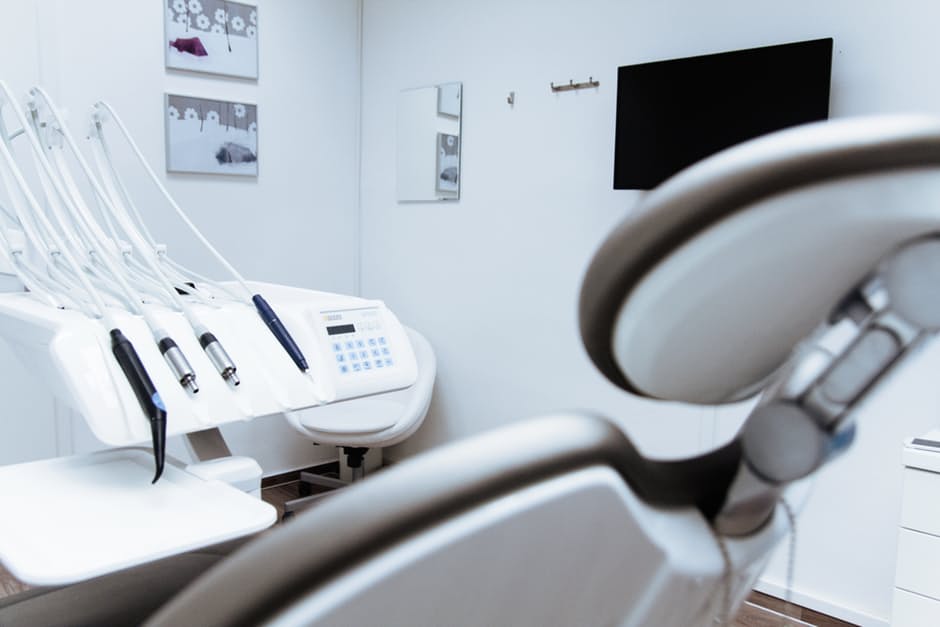
403
Sorry!!
Error! We're sorry, but the page you were looking for doesn't exist.
Price transparency can cut national healthcare costs
(MENAFN) A recent report from the Patient Rights Advocate (PRA) suggests that implementing price transparency requirements for hospitals and insurance companies could lead to a significant reduction in national healthcare costs and an increase in the average lifespan of Americans. This system-wide transparency could potentially cut federal healthcare spending by over USD1 trillion annually while also enhancing health outcomes.
The report, co-authored by Cynthia Fisher, the founder and chair of PRA, and Art Laffer, a former economic advisor to President Reagan, proposes that making healthcare prices public would create pressure on hospitals to compete on factors such as price, quality, outcomes, and accessibility. When patients can see the actual prices for medical treatments, they would be able to identify significant cost disparities for the same care and choose more affordable options at market rates. This, in turn, would encourage hospitals to reduce their prices in order to stay competitive.
"When prices are known, consumers choose affordable care at best-market rates and benefit from competition," the statement declared. "Consumers will avoid price-gouging providers and insurance companies, applying pressure to lower prices."
The prices for healthcare services can vary significantly based on several factors, such as whether a patient is within their insurance network and the negotiated pricing between the hospital and the insurance company. To illustrate, consider the cost of a mammogram, which can vary greatly. For instance, Clear Health Costs, a platform that provides information on healthcare costs, reports that the price for a mammogram can range from as low as USD50 at a hospital in New Orleans to a staggering $86,000 at a hospital in Massachusetts. This vast difference in pricing highlights the lack of transparency and consistency in healthcare costs across different locations and healthcare providers.
"Price transparency will unleash a competitive, affordable health system that eliminates widespread waste, overbilling, and price gouging under the opaque status quo," the report stated. It is going to "shine sunlight on the market distortions, inefficiencies, and asymmetries that drive up expenditures and worsen health outcomes," as well.
The report, co-authored by Cynthia Fisher, the founder and chair of PRA, and Art Laffer, a former economic advisor to President Reagan, proposes that making healthcare prices public would create pressure on hospitals to compete on factors such as price, quality, outcomes, and accessibility. When patients can see the actual prices for medical treatments, they would be able to identify significant cost disparities for the same care and choose more affordable options at market rates. This, in turn, would encourage hospitals to reduce their prices in order to stay competitive.
"When prices are known, consumers choose affordable care at best-market rates and benefit from competition," the statement declared. "Consumers will avoid price-gouging providers and insurance companies, applying pressure to lower prices."
The prices for healthcare services can vary significantly based on several factors, such as whether a patient is within their insurance network and the negotiated pricing between the hospital and the insurance company. To illustrate, consider the cost of a mammogram, which can vary greatly. For instance, Clear Health Costs, a platform that provides information on healthcare costs, reports that the price for a mammogram can range from as low as USD50 at a hospital in New Orleans to a staggering $86,000 at a hospital in Massachusetts. This vast difference in pricing highlights the lack of transparency and consistency in healthcare costs across different locations and healthcare providers.
"Price transparency will unleash a competitive, affordable health system that eliminates widespread waste, overbilling, and price gouging under the opaque status quo," the report stated. It is going to "shine sunlight on the market distortions, inefficiencies, and asymmetries that drive up expenditures and worsen health outcomes," as well.

Legal Disclaimer:
MENAFN provides the
information “as is” without warranty of any kind. We do not accept
any responsibility or liability for the accuracy, content, images,
videos, licenses, completeness, legality, or reliability of the information
contained in this article. If you have any complaints or copyright
issues related to this article, kindly contact the provider above.


















Comments
No comment